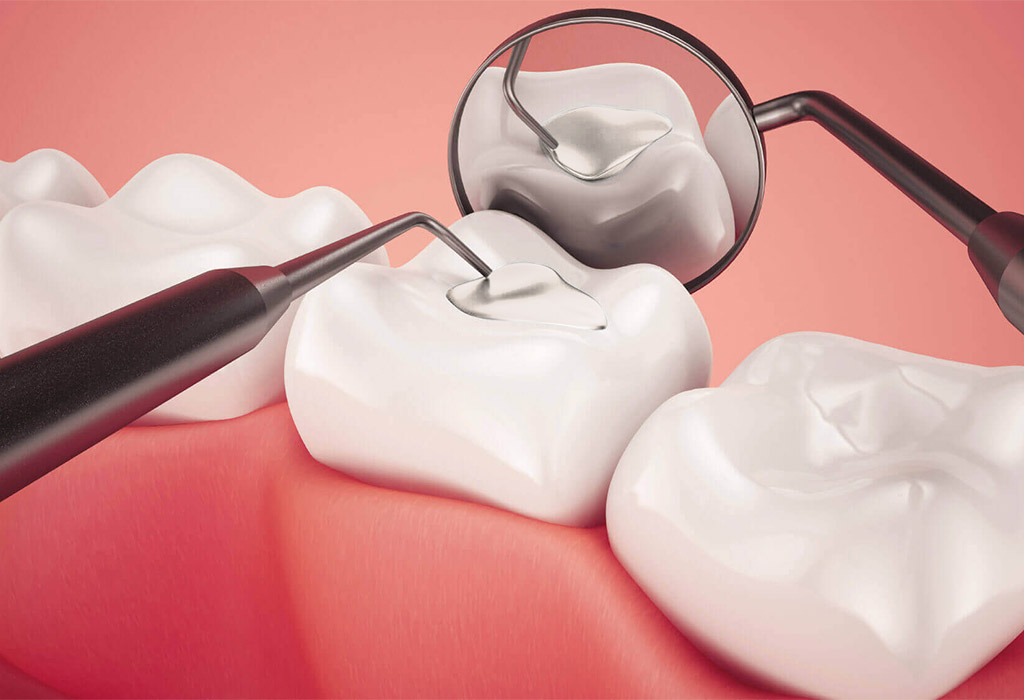Treatments
Dental veneers


Composite veneers
These are restorative dental procedures that “mask” the visible surface in order to correct aesthetic or pathological problems of teeth caused by dental caries, previous restorations, fractures, color changes, or alterations in tooth shape.
What are they used for?
Thin porcelain veneers are placed over the entire front surface of the teeth. They are bonded with a special adhesive. This conceals changes in the size or shape of the tooth.
There are 2 types of veneers:
- Porcelain veneers. Adhesion power, abrasion resistance and great aesthetic sensation. They do not wear, do not lose their brightness and keep their color intact. It is necessary to slightly reduce the enamel and they require at least 2 sessions.
- Composite veneers. They have the advantage of being more economical and keep the enamel intact. They are performed in a single session, freehand, by the specialist dentist. But with the passage of time they deteriorate, lose their brightness and may darken.
Duration
It depends on the patient's habits. The average lifespan is about 12 years. Some veneers may fracture or decay, but they can usually be repaired in one visit.
White fillings
They are made of resin, a synthetic material that hardens after the application of halogen light. They can be used on any tooth, from filling small cavities to reconstructing completely destroyed teeth. They are contraindicated for teeth that are severely worn down by grinding.
Sometimes, in the first few days, the patient may notice increased sensitivity to very cold or very hot foods. Their duration varies depending on the patient's habits. The average lifespan of this type of filling is usually about 10 years.



